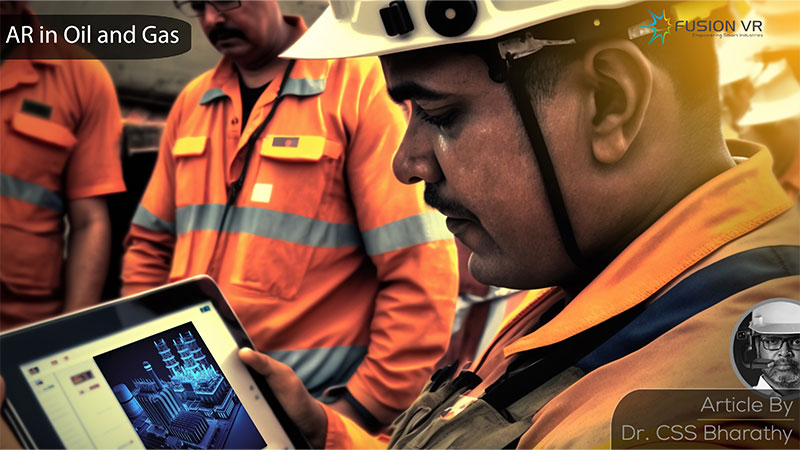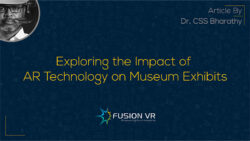It is a well-known fact that Augmented reality (AR) technology is being increasingly adopted in the oil and gas industry. AR has demonstrated the potential to improve all functions, departments and varied activities in this industry. The oil and gas industry is a very diverse industry beginning with exploration and Production (E&P), refining, marketing, distribution, retailing etc. This industry is the key to the energy security of any nation.
When geopolitical crises take centre stage, the immediate impact is seen in the price of oil. Supply fluctuations impact every known industry, and this consequently impacts the profitability of the oil and gas industry. It is here that technologies like Augmented Reality help to ensure the long-term sustainability of the industry.
Here are some facts on the extent of applications of augmented reality in oil and gas industry. First, AR overlays relevant, contextual data or information on the reality around you. It is delivered through a device such as a tablet, smartphone or goggles with the aid of a specially designed application.
AR helps to visualise and analyse geological data on subsurface formations to help estimate the reserves of oil and gas under the surface. This visualisation is key to enhancing the understanding of the sub-surface and helps to devise techniques to maximise the production of oil and gas.
Another key fact is that augmented reality helps to provide real time guidance and support to ensure critical activities in oil and gas operations are performed as required by Standard Operating Procedures (SOP) and emergency actions are also as per the Emergency Operating Procedures (EOP). This compliance and attention to detail help overcome human error and ensure safe operations at all times. Such guidance is provided using AR goggles with accurate textual, visual and aural guidance. Human error, as we all know, has led to injuries and unplanned outages.
But one of the most crucial facts is the use of AR for training oil and gas personnel. As more and more technical experts retire, it is becoming increasingly difficult to find equally good replacements with the depth of knowledge those experts have. AR simulators help deliver that knowledge and practical training with great accuracy and allows for excellent feedback for trainees and employees to gain the necessary competence and confidence to execute tasks independently.
The AR safety training oil and gas is available for all disciplines in the industry. Anyone can build a use case and engage an expert AR solutions provider, such as Fusion VR, to design and implement the solution.
The beauty of AR lies in its simplicity, accessibility and affordability. All one needs is a smartphone, and in a hazardous environment like the oil and gas industry, an intrinsically safe (IS) or explosion-proof device. These are readily available in the marketplace and are affordable. Purpose-built AR goggles deliver greater functionality and convenience than a tablet or smartphones.
The major oil and gas companies, such as Chevron, Shell, BP, etc., have already started implementing AR technology in their operations, which highlights the potential and value of AR to transform the oil and gas industry.





